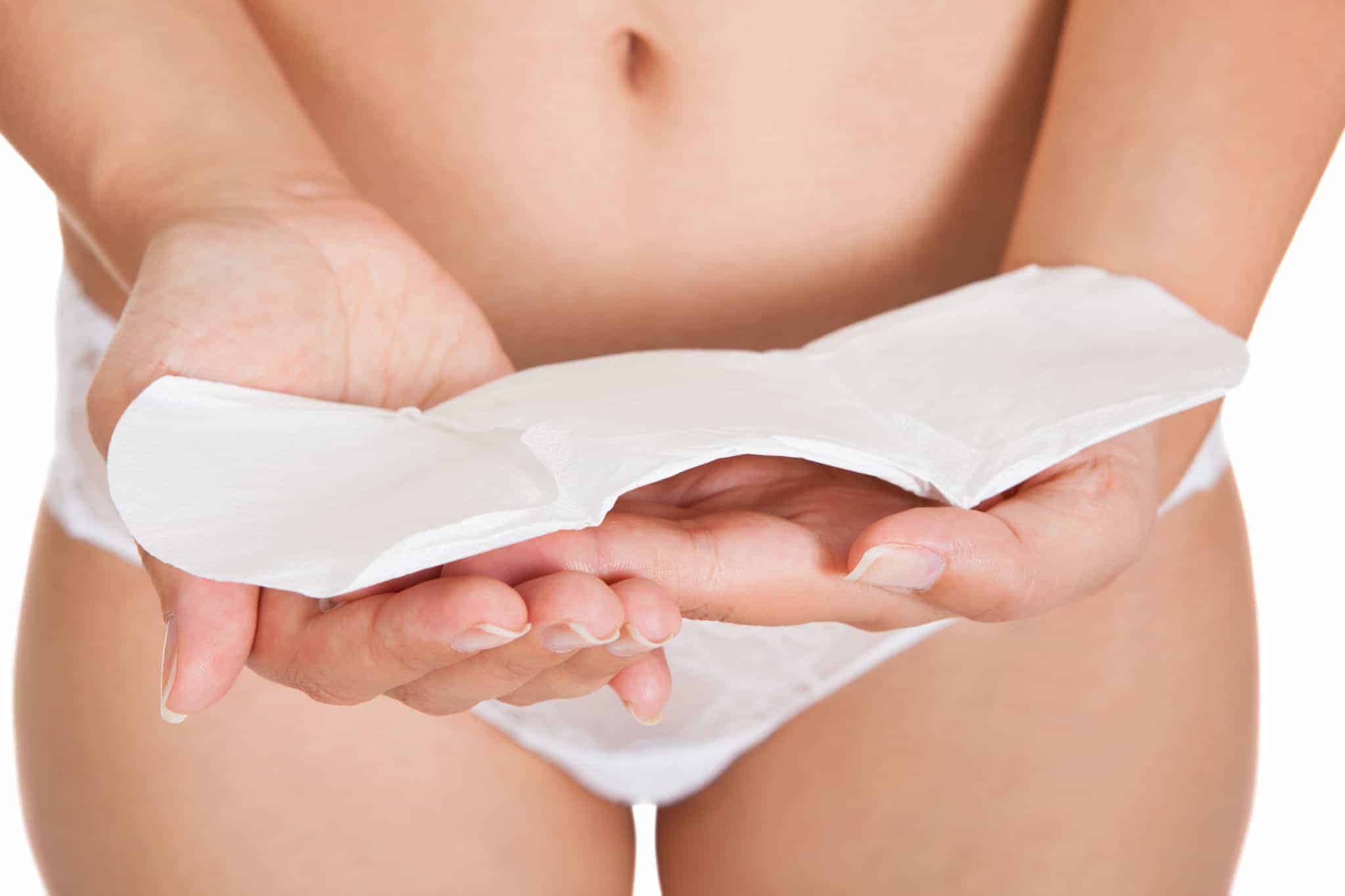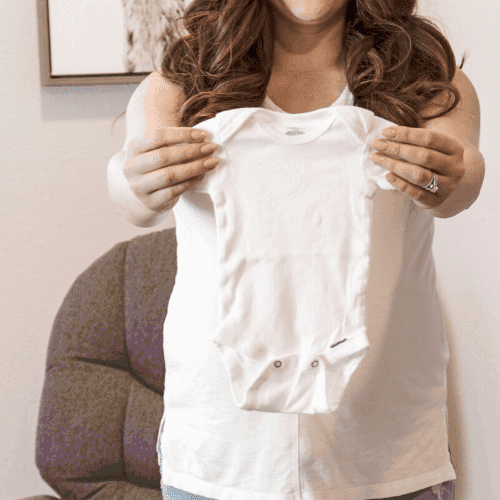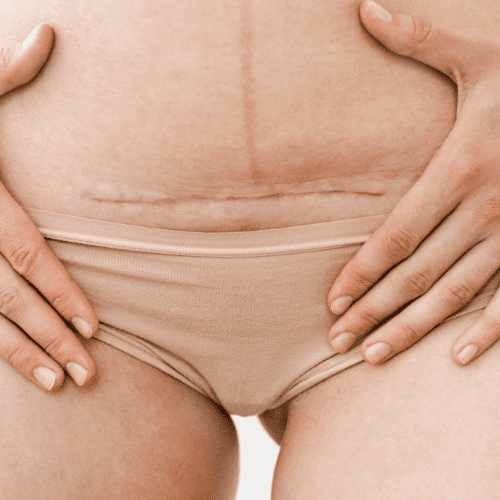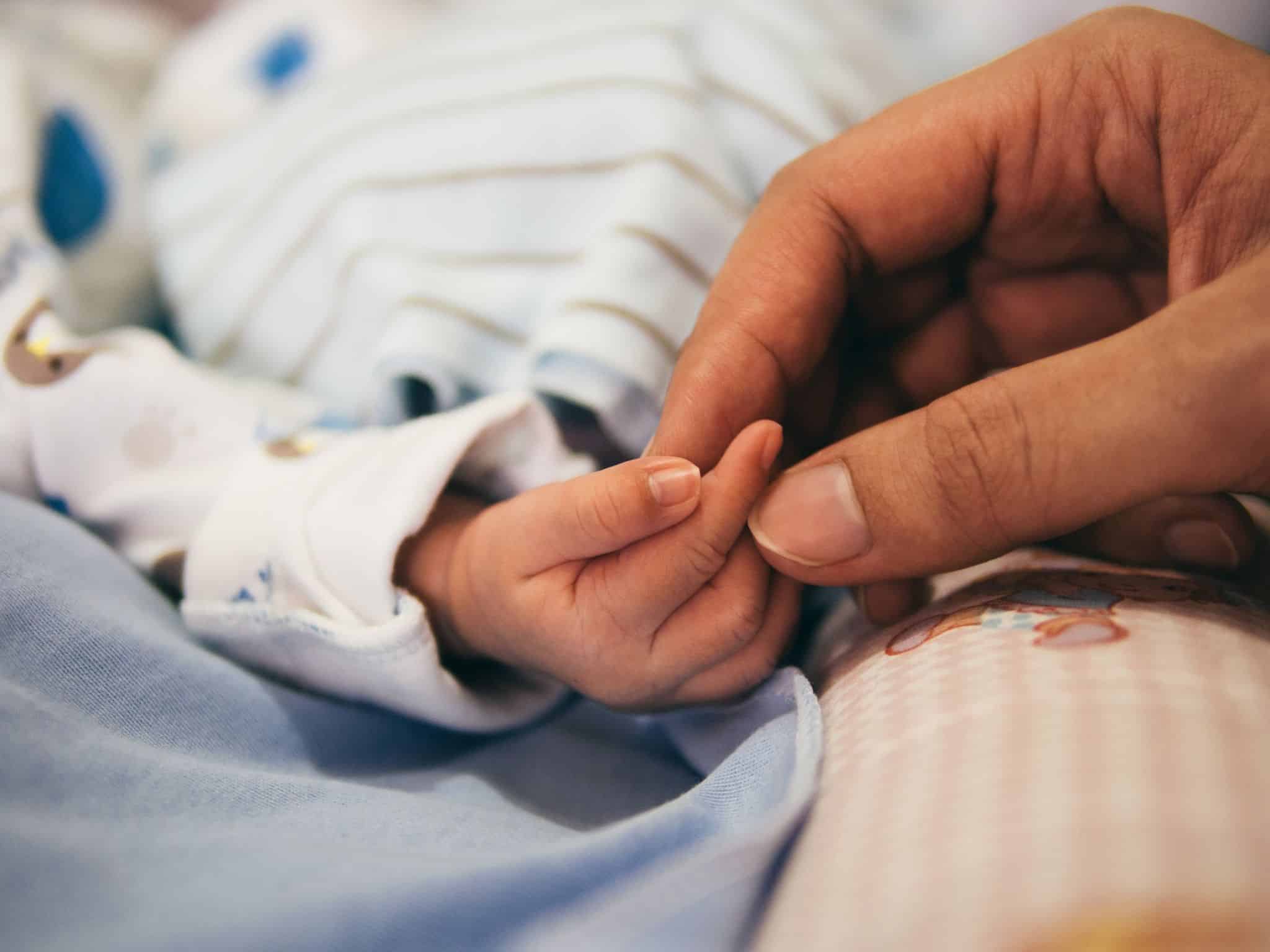Delivering via C-Section can take a heavy toll on a new mum’s body. A C-section is a major operation that can impact your body in ways you were not expecting, all while caring for a new baby with its own needs.
It can be a very overwhelming time both physically and mentally for any mum.
During a C-section, it is routine for antibiotics to be administered to help ward off any infection following the C-section operation. Antibiotics work by killing off bacteria in the body and are a very effective method of preventing postoperative infections.
However, they also are known to kill off good bacteria as well as the bad and can upset the balance within the body. Following a course of antibiotics, it is common to develop a vaginal yeast infection known as thrush.
As an Amazon Associate, I earn from qualifying purchases. The links below may be affiliate links. Please read my disclosure policy for more information.
What is a yeast infection?
The vagina naturally contains a balance of yeast, including candida, and bacteria. Specific bacteria, such as lactobacillus, prevent the yeast from overgrowing and keep the vagina in balance.
However, when this balance is disrupted, the bacteria can be killed off, and as a result, the yeast overgrows causing uncomfortable symptoms.
Yeast infections can be caused by hormone changes during pregnancy, vaginal intercourse, and overwashing. However, a course of antibiotics following a C-section can also kill off good bacteria and can cause a yeast infection.

What are the symptoms of a yeast infection?
The symptoms of a yeast infection can range from mild to moderate and can include:
- A burning sensation during urination and or intercourse
- Itching, burning, or sore sensations in the vagina
- A white discharge that smells like yeast or bread
- Swelling and redness
- Vaginal rash
How can I treat a yeast infection?
As you are still recovering from giving birth you should consult your doctor before taking any over-the-counter medication to treat thrush, especially if you are currently taking other medication.
However, you can buy an anti-itch cream from many pharmacies to help alleviate the itchiness. There are also some things you can do at home to help relieve the symptoms.
These can include:
Changing your pads frequently.
Yeast thrives in a damp moist environment, so making sure you are keeping the area as clean and dry as possible will help reduce the yeast from overgrowing.
Change your post-birth pads and underwear frequently to keep yeast at bay.
Avoid showering with heavy fragranced soap
Showering your vagina or douching may sound like the best response to keep the area clean. However, heavily fragranced soaps can cause an imbalance in the pH of your vagina and cause further irritation.
Avoid putting soap directly on your vagina and instead use warm clean water to wash.

Care for your C-section scar
Make sure that you are keeping up with the after-care for your C-section scar. Keep it clean and dry and ensure that dressings are changed when required.
Yeast infections can occur in the C-section incision if the area becomes warm and moist. Contact your doctor or midwife team if you notice any changes to your C-section scar or if it becomes red and irritated.
Increase good bacteria in your diet
Eating healthily and introducing good bacteria to your diet can help fend off a yeast infection. Include foods such as live yogurts, and fermented foods like kimchi, kombucha, kefir, and pickles.
Reducing the amount of sugar in your diet while you have a yeast infection will also help reduce the symptoms.
How can I prevent a yeast infection from returning?
It is quite common for yeast infections to return and become an occurring problem, especially if you are taking antibiotics for an extended length of time.
This can be very frustrating and uncomfortable but there are some things you can do to help prevent developing a yeast infection again.
Wear natural fibers
Ensure that the underwear that you wear is made of breathable natural fibers such as cotton. This will allow more air to the vagina area and can help prevent a yeast infection from developing.
Avoid tight-fitting clothing
Wearing tight-fitting clothes such as leggings or tight jeans, or synthetic fabrics can create an ideal environment for a yeast infection to grow.
Wear light loose clothing in breathable fabrics such as cotton or linen to help keep the vagina area drier.
Avoid feminine hygiene products, scented sanitary products
Using products with a fragrance can upset the pH balance of the vagina and cause a yeast infection to grow.
The vagina does not need special products to keep it clean and sprays or scented products such as toilet paper or sanitary products can cause an imbalance.
Use clean warm water to wash when needed.
Is a yeast infection serious?
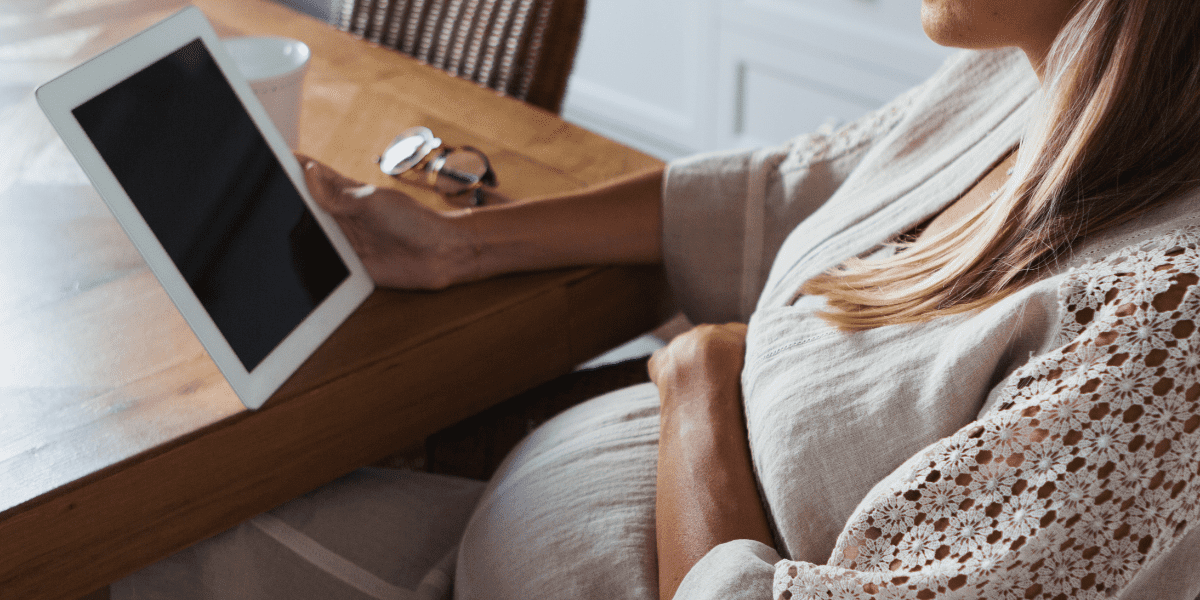
Although a yeast infection is uncomfortable it is not a serious infection but you should seek advice and treatment from your doctor or pharmacist as soon as possible.
Sometimes a yeast infection can be a sign of another medical condition and if you are having recurring thrush you should speak to a doctor immediately.
If you are having concerns regarding developing a yeast infection prior to having a C-section delivery then speak to your midwife or doctor and follow the steps in this article to help prevent a yeast infection from developing.




